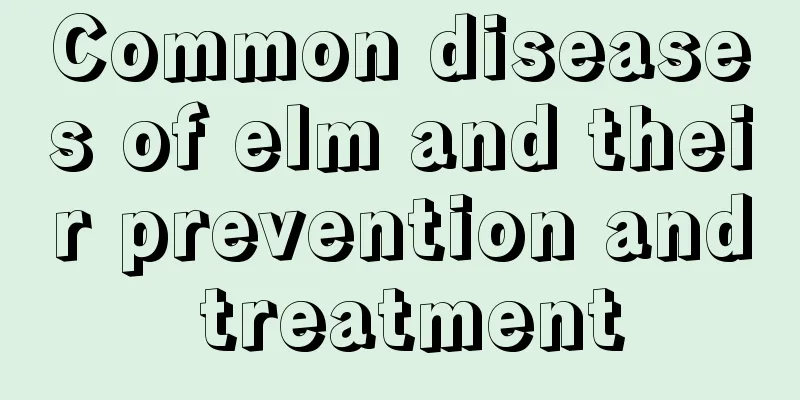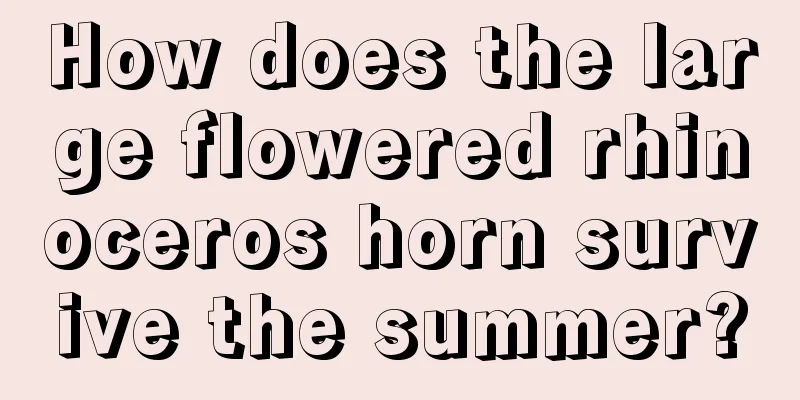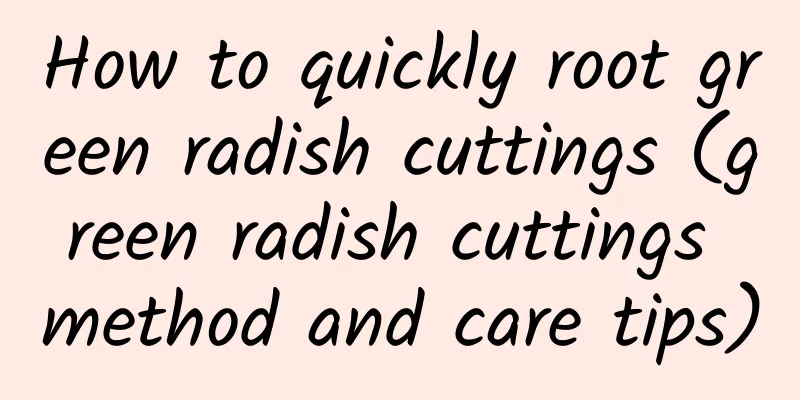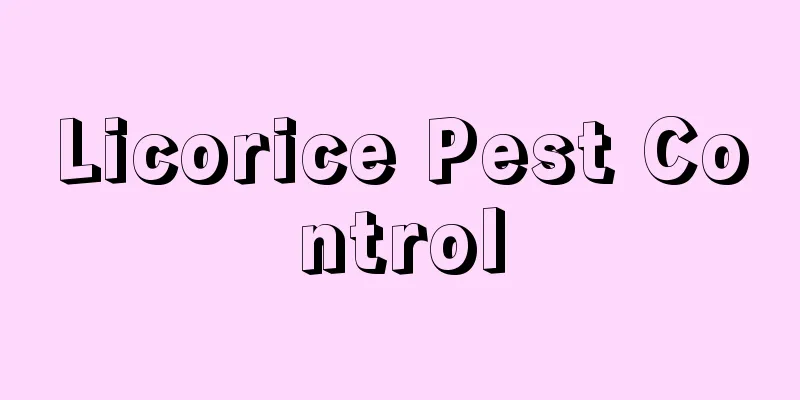Common diseases of elm and their prevention and treatment

Elm cankerIdentification featuresAffected elm trees usually develop disease at the lenticels and pruning wounds. The initial lesions are not obvious and are dark in color. The cortical tissue becomes soft and dark gray. After the disease occurs, the bark tissue of the diseased part dies, the affected parts of the branches and trunk become thinner and sunken, crack longitudinally, produce spots, grow into a circle, and the plant dries up and dies. Small trees and seedlings die that year, while large trees die after several years. Prevention and treatment methods1. Never use diseased plants. Burn them on the spot once they are infected. 2. Prune branches in time and control elm weevils to improve disease resistance. 3. At the beginning of the disease, use 200-300 times diluted thiophanate-methyl, or 50-100 times diluted 50% carbendazim wettable powder for prevention and control. Elm diebackIdentification featuresThe initial symptoms are not obvious, and there are no more obvious symptoms when the bark begins to rot. Only the leaves on the twigs wilt and the leaves are very small. The rot symptoms can be seen when peeling the bark. After that, the diseased skin loses water and shrinks, and small vermilion warts will grow. If the diseased bark surrounds the branches and trunk, it will cause the branches and trunk to wither. Prevention and treatment methods1. Pay attention to pest control and prevent frost and sunburn. 2. Prune branches in time, clean up diseased and insect-infested branches and trees, as well as dead standing trees. 3. Do not over-prune ornamental trees in urban greening. At the same time, remove dead branches, dead trees and diseased trees. Elm AnthracnoseIdentification featuresAt the beginning of the disease, irregularly shaped spots appear on the leaves, which are light yellow or grayish white. Later, the spots develop black or dark brown granular protrusions, which are usually arranged in a radial pattern. In severe cases, the leaves turn yellow and fall off prematurely. Prevention and treatment methodsReduce the sources of infection, promptly cut off diseased leaves and branches, remove fallen leaves, and destroy them in a centralized manner. Drug control: When the leaves fall, you can spray 1:3:100 Bordeaux mixture or 500 times diluted 45% mancozeb. |
<<: Diseases of cherry blossoms and their prevention and treatment
>>: Diseases and Pests of Phlox and Their Control
Recommend
How to raise iron chopsticks
1. Breeding environment 1. Fertilization: For its...
The cultivation methods and precautions of milkweed
Temperature requirements Although it likes to gro...
Can the lucky tree be exposed to the sun? Does it need to be exposed to the sun often?
Can the lucky tree be exposed to the sun? The luc...
Ginseng Planting Conditions and Methods
Ginseng, known as the "king of herbs", ...
How to breed black rabbit ears
1. Cutting In fact, this propagation method is ve...
How to grow green cloud grass
1. Breeding environment 1. Soil: The soil should ...
Cultivation methods and precautions of azalea
1. Lighting Rhododendrons prefer bright scattered...
Jasmine repotting and soil changing methods and precautions Jasmine repotting time and soil
Before repotting jasmine, make sure to water it t...
How to fertilize the beautiful leaf lotus
Suitable fertilizers Nitrogen fertilizer: It is b...
When does fuchsia bloom?
When does it bloom? The entire flowering period o...
How can I grow Anthurium well? Can I put it in the bedroom?
1. How to raise it to grow well 1. Sunlight: Unde...
How to propagate green jade tree
1. Time Selection Green jade tree is generally pr...
How many days does it take for purple bamboo plum cuttings to survive, and what is the survival rate
1. How to take cuttings When taking cuttings, cho...
How to grow geranium in autumn
soil The potting soil for geraniums is a mixture ...
The efficacy and function of bananas, what will happen if you eat too many bananas
1. Efficacy and Function 1. Helps with bowel move...









